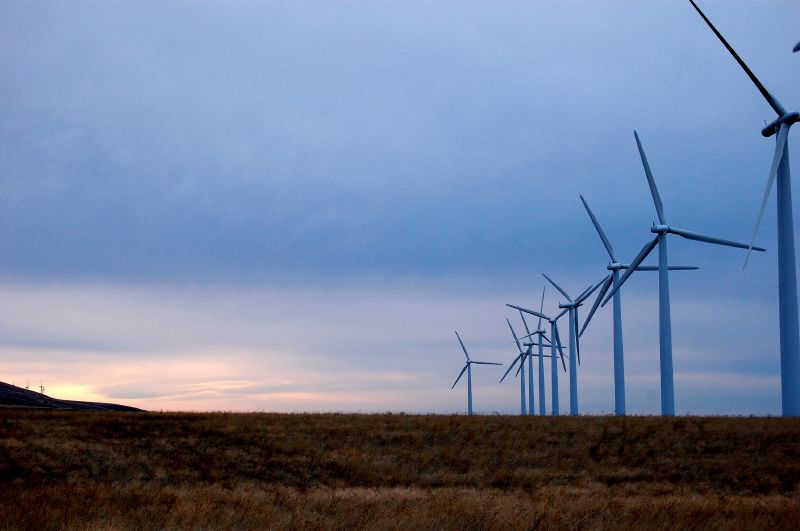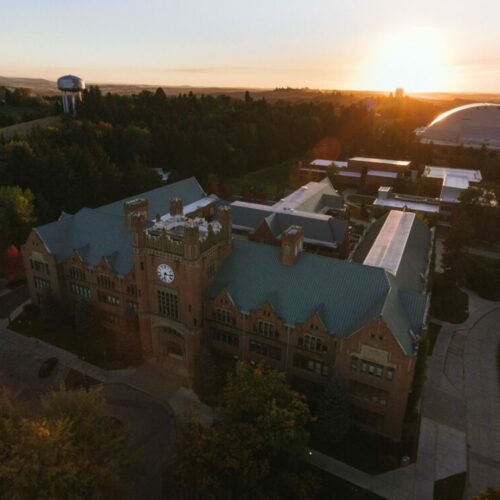
Power utilities say Northwest region needs to better prepare for extreme cold
Listen
(Runtime 1:00)
Read
Looking back on this past winter, some Northwest utilities have noticed they were really close to potential outages during extremely cold weather. However, utility officials said they hope understanding this freeze will help them handle future plunging temperatures.
For a few days in mid-January, temperatures in the Inland Northwest dipped below zero. The cold snap froze all the Northwest, but utilities in Eastern Washington found they needed a lot of electricity to keep people warm. However, there wasn’t much electricity available, said James Gall, manager of integrated resource planning for Avista Utilities.
Avista Utilities provides electricity and natural gas to people in Eastern Washington and Northern Idaho.
There needs to be better plans, especially as the region transitions off fossil fuels, Gall said during a report to the Northwest Power and Conservation Council, which promotes an affordable and reliable energy system in the region.
“Some of the asks by policymakers are going to be a significant and expensive challenge. I often feel like these events are not being planned for,” Gall said.
This winter’s cold snap was one of the most critical resource adequacy events in his more than 20-year career, he said.
Wind turbines couldn’t spin once the weather got too cold. The two wind facilities Avista buys energy from, Palouse Wind and Rattlesnake Flat, are designed to shut down once the temperatures reach -4 and -7 degrees, respectively.
“We are advised we may experience reductions in output as temperatures move toward the temperature limits of the equipment,” Gall wrote in an email. “If the units are spinning they may continue to operate until wind speeds lower at reduced levels, but once there is not enough wind to operate, they must shut down until temperatures warm.”
The turbines also took time to turn on as the weather warmed, he said.
On the other hand, Gall said, solar panels worked, but the angle of the sun isn’t as efficient in the winter and there isn’t much daylight to count on.
During the same cold snap, a compressor froze at one natural gas facility, said Tom Pardee, natural gas planning manager for Avista Utilities. That started a chain of events.
“It essentially took off 24% of our capacity,” Pardee said of the Gas Transmission Northwest, or GTN, pipeline that Avista uses.
Fortunately, Pardee said, the pressure came back up overnight, the gas expanded and the compressors came back online.
At the same time, communications broke down with workers at a natural gas storage depot near Chehalis, Washington. The communications line was out for about three hours before crews at the Jackson Prairie Underground Natural Gas Storage Facility fixed the problem and manually opened some natural gas valves.
“Without Jackson Prairie coming back up, there’s a high likelihood that the whole region would have gone down,” Pardee said.
Northwest Power and Conservation Council member Douglas Grob, of Montana, said the region lucked out, though, because not everywhere had its coldest days at the same time.
“We really squeaked through with some luck and some other stuff in this last event. I just want people to know this is really serious,” Grob said.















